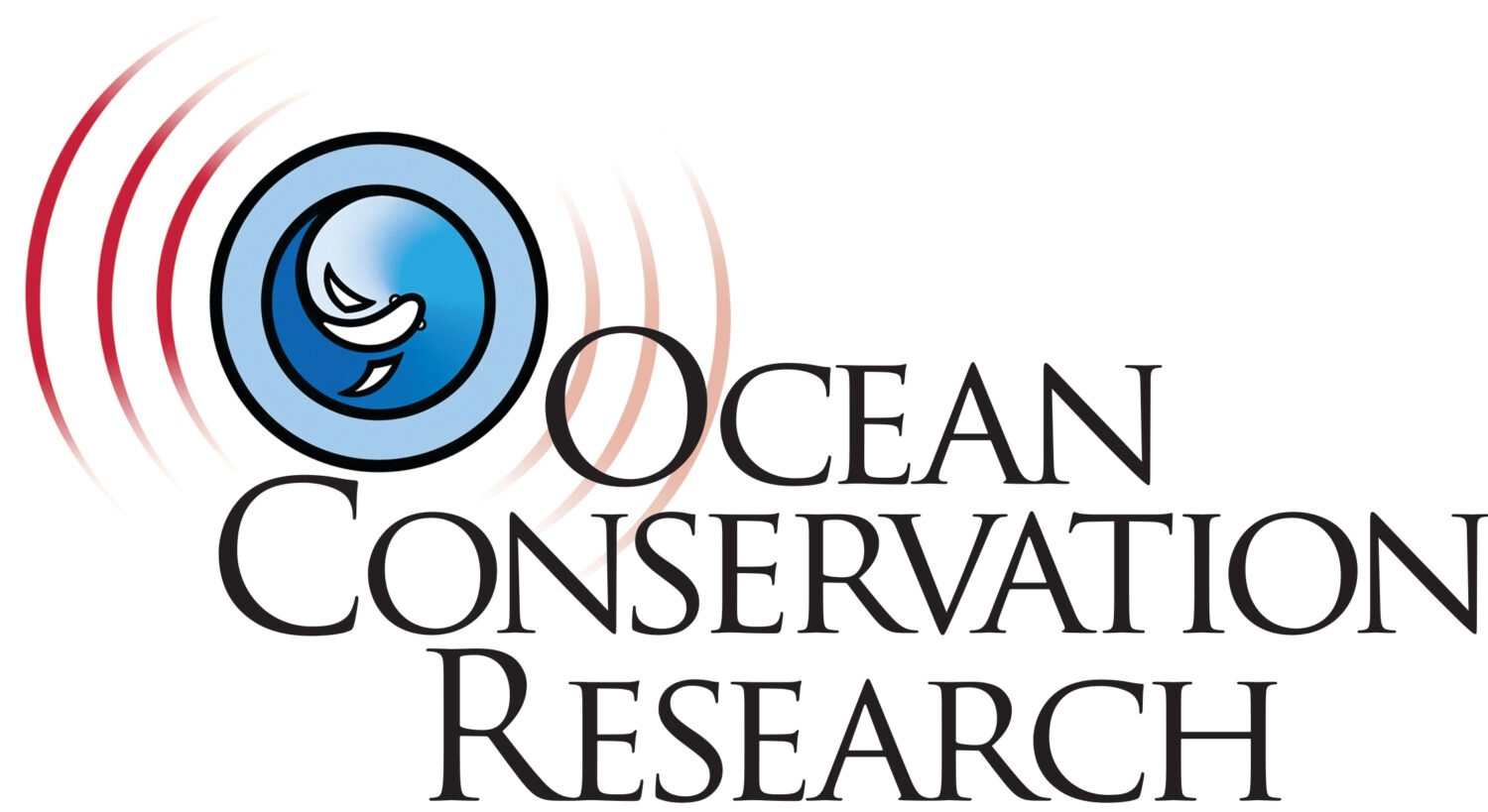Underwater Internet of Things starting to sneak up on us.
 Whispers – Donato Giancola
Whispers – Donato Giancola
Under the auspices of the International Standards Organization (ISO), they were working on the “Underwater Internet of Things” (UIoT). I’ve written about this a bit over the years, understanding that it is inevitable, and that our task is to make sure that it wreaks the least amount of havoc on marine life.
So as I write this I’m a bit groggy, having participated in an ISO “Joint Working Group” (JWG) meeting addressing this concern that – due to our international membership, took place last night between 2am – 4am my time.
Technical communication is all about reducing ambiguity. In digital communication a lot hinges on the dichotomous distinction between “ones” and “zeros.” With the electronic signals in your computer this can be pretty easy, through the switching between “voltage present,” and “voltage absent.” It’s all in the copper and the silicon and nobody gets hurt.
This is the same in the realm of electromagnetic radio-frequency energy (broadcast internet) transmitted through our living environments. None of us have radio-frequency sensors, so while we live in a thick density of digital radio-frequency modulation, arguably, nobody gets hurt.
But conveying digital signals through water is a bit more organic. Water is electronically conductive, and radio-frequency opaque – thwarting these transmission channels. So transmitting data through water requires sound or light – both of which are in the perceptual grasp of various marine animals – and thus the concerns.
Reducing ambiguity in light switching is easy; the light is on, or the light is off. This would be annoying if it was your neighbor’s over-sensitive motion-sensing porch light, but no tissues are compromised.
Sound, on the other hand, transmits a lot of energy through the water, and reducing ambiguity requires rapidly switching between full noise, and no noise. It also needs to be loud enough to overcome any ambient or biological noise. So making the difference between “on” and “off” unambiguous, the “rise time” needs to be fast, and the dwell time needs to be relatively long.
Without getting too far out into the weeds on this, suffice it to say that acoustical signals that fit this description sound horrible. This is one of the drivers of our ISO JWG; how do you set up a complex and dense system of digital communications, while accommodating for the already occupied bio-acoustic niches?
As we entered into the structural discussion last night it became clear to me that the this conversation was tapping into the “data layer” discussion that was taking place back in the 1980s specific to the seven -layer Open System Integration (OSI) data layers, a framework that facilitated system interoperability.
All of this required continuous data-streams between the various layers, passing timing “tokens” to keep everyone synchronized, and defining “data packet” real estate along a data streams so that the various operating systems knew where to look for its appropriate data.
So as a lot of us “legacy engineers” (gray hairs) have been thinking about the “Underwater Internet of Things,” it seems as if there has been this assumption of a need for some continuous data stream – such as in the NATO approved JANUS protocol, or the POSYDON underwater global positioning system (GPS).
As I understand it, POSYDON has been paused at present due to concerns of bioacoustic impacts But our ISO meeting still seemed informed by the “OSI data layer” idea – inferring that some layer(s) will need to be continuously transmitting in the 900Hz to 60kHz frequency range – the communications “sweet spot” for odontocetes – e.g. dolphins and porpoises) so that all equipment can be data-synchronized.
My suggestion was that the communications should only communicate when needed – on a polling basis. Equipment doesn’t need to know where they are until they are doing something relative to other equipment. They can gather information in transit, and divulge that information when they are close enough to a data node to decrease the noise. POSYDON GPS nodes don’t need to blather on about where they are all the time just so that various deployed equipment can track themselves, rather positioning data can precisely announce where they are specifically when asked.
This could significantly decrease the acoustical effluvia that otherwise compromises the bioacoustic habitat that the UIoT noise threatens.

